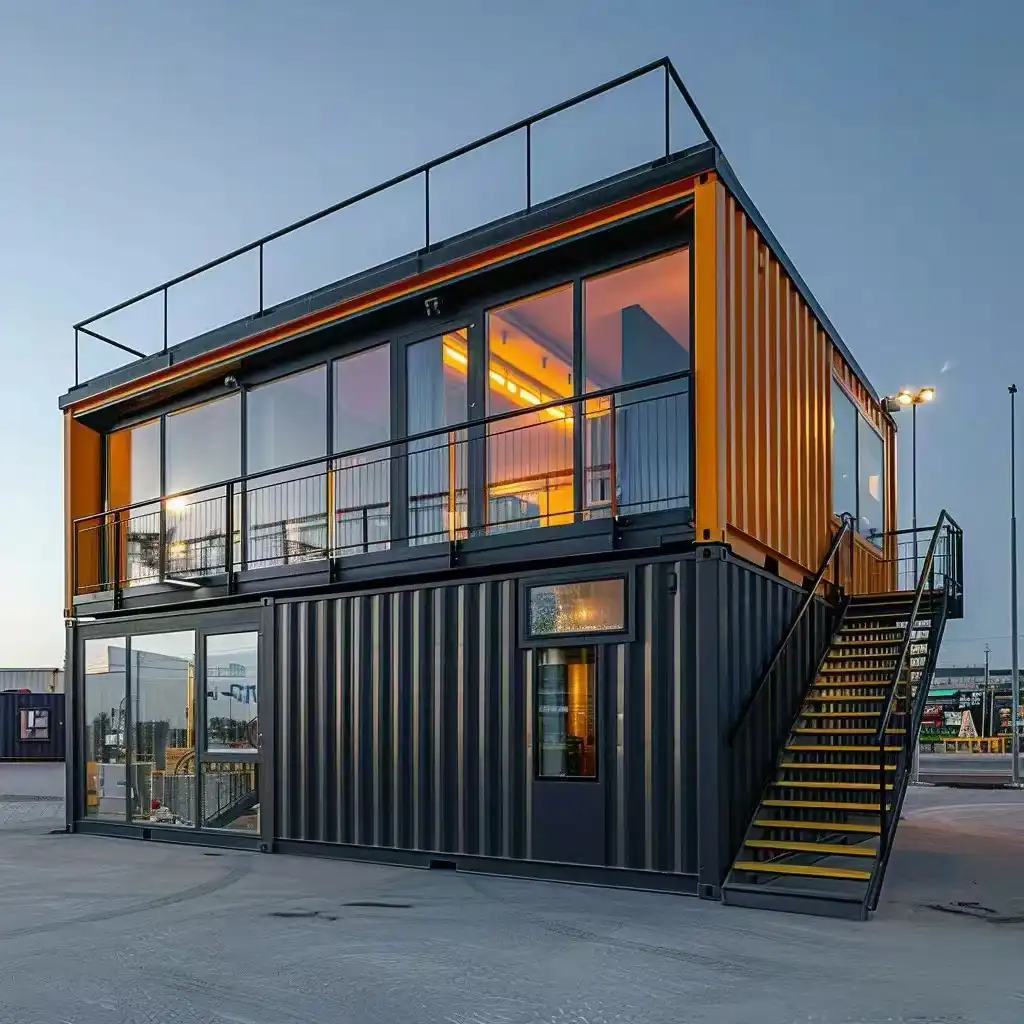The Multifaceted Benefits of Exterior Wall Cladding
Unparalleled Durability and Weather Resistance
One of the foremost benefits of exterior wall cladding lies in its remarkable durability and resistance to diverse environmental challenges. Premium cladding materials are meticulously engineered to endure severe weather conditions, including high winds, intense heat, freezing temperatures, and heavy rainfalls. This resilience helps prevent common exterior damage issues like cracking, rotting, or corrosion, thereby reducing long-term maintenance expenses for property owners.
Additionally, many modern cladding solutions incorporate advanced materials such as aluminum composites and coated steel that resist fading, warping, and impact damage. Metal siding panels, in particular, are highly effective in regions prone to hurricanes, storms, or snow, offering added security and protection for the building’s structure.
Enhanced Energy Efficiency
Exterior wall cladding significantly improves a building’s energy efficiency by enhancing thermal insulation and minimizing unwanted heat exchange. Many contemporary cladding systems feature integrated insulation cores, such as polystyrene or polyurethane layers, which help maintain steady indoor temperatures throughout the year. This insulation reduces the need for excessive air conditioning in summer and heating in winter, lowering energy consumption and operational costs.
Furthermore, certain cladding materials, particularly those with reflective coatings or light-colored finishes, are designed to deflect solar heat, thereby reducing the heat island effect in urban areas. Collectively, these energy-saving benefits contribute to creating a more sustainable, cost-efficient, and comfortable building environment for occupants.
Aesthetic Versatility and Customization
Modern exterior wall cladding delivers impressive aesthetic flexibility, enabling architects and designers to tailor a building’s visual identity to suit various styles and surroundings. Available in a wide variety of colors, patterns, textures, and finishes — from metallic surfaces to stone, wood, or ceramic effects — cladding materials can recreate virtually any design concept while ensuring reliable performance.
Beyond simple color choices, today’s manufacturing advancements allow for customized panel shapes, sizes, and decorative surface treatments. This creative freedom makes it possible to craft distinctive façades with intricate geometric patterns or classic, timeless designs. As a result, cladding has become an indispensable element in both contemporary and heritage building renovations.
Innovative Materials Revolutionizing Exterior Cladding
High-Performance Metal Cladding
Metal cladding has emerged as a frontrunner in the exterior wall cladding market. Its popularity stems from its durability, low maintenance requirements, and sleek appearance. Aluminum and steel are commonly used metals, each offering unique benefits.
Aluminum cladding is prized for its lightweight nature and corrosion resistance, making it ideal for coastal environments. Steel cladding, on the other hand, provides exceptional strength and fire resistance, often preferred in industrial and commercial applications.
Sustainable Composite Materials
As sustainability becomes increasingly important in construction, composite cladding materials have gained traction. These materials often combine recycled content with virgin materials to create durable, eco-friendly cladding solutions.
Fiber cement boards, for instance, offer the look of natural wood or stone but with enhanced durability and fire resistance. These boards are made from a mixture of cement, cellulose fibers, and sand, resulting in a sustainable product that requires minimal maintenance.
Advanced Polymer Cladding
Polymer-based cladding materials represent the cutting edge of exterior wall protection. These synthetic materials can be engineered to possess specific properties, such as enhanced UV resistance or improved thermal insulation.
Vinyl siding, a popular polymer cladding option, offers excellent moisture resistance and comes in a wide array of colors and styles. More advanced polymer claddings incorporate nanotechnology to achieve self-cleaning properties or improved resistance to environmental pollutants.
Installation Considerations for Optimal Performance
Proper Ventilation and Moisture Management
The effectiveness of exterior wall cladding heavily depends on proper installation techniques. One critical aspect is ensuring adequate ventilation behind the cladding. This air gap allows moisture to escape, preventing the accumulation of condensation that could lead to mold growth or structural damage.
Implementing a robust moisture management system, including appropriate flashing and sealing at joints and penetrations, is essential for maximizing the longevity of the cladding system. These measures protect the underlying structure from water infiltration, which is crucial for maintaining the building's integrity.
Structural Considerations and Load-Bearing Capacity
Before installing exterior cladding, it's imperative to assess the structural capacity of the building. Some cladding materials, particularly heavier options like stone or brick veneer, may require additional support structures.
Engaging structural engineers early in the design process ensures that the building can safely accommodate the chosen cladding system. This foresight prevents potential issues and ensures the long-term stability of the installation.
Professional Installation and Quality Control
The performance and longevity of exterior wall cladding are significantly influenced by the quality of installation. Professional installers with experience in specific cladding systems can ensure proper application, reducing the risk of future problems.
Implementing a rigorous quality control process throughout the installation is crucial. This includes regular inspections, adherence to manufacturer specifications, and proper documentation of the installation process. Such measures not only guarantee optimal performance but also protect warranties and facilitate future maintenance.
Conclusion
Exterior wall cladding represents a transformative solution for enhancing building aesthetics, performance, and longevity. By carefully selecting appropriate materials and ensuring professional installation, property owners can significantly improve their structures' resilience, energy efficiency, and visual appeal.
As technology continues to advance, we can expect even more innovative cladding solutions that push the boundaries of design and functionality. For more information on cutting-edge exterior cladding and facade solutions, feel free to contact us at info@sdqsc.com. Our team of experts is ready to help you elevate your building's performance and aesthetics with state-of-the-art cladding systems.